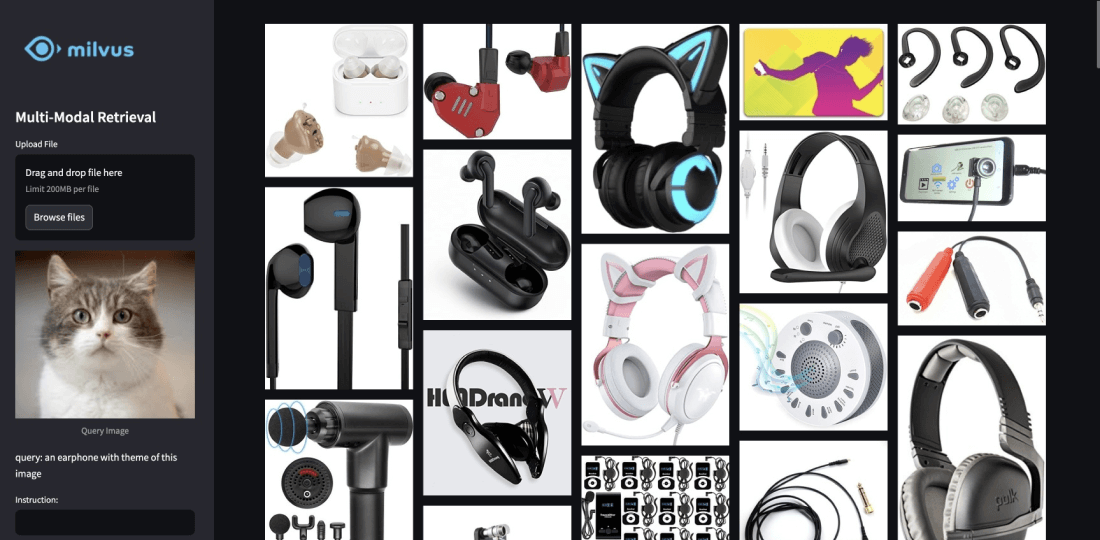Multimodal AI is an innovative approach in the field of natural language processing (NLP) that integrates multiple types of data or modalities, such as text, images, video, and audio, to enhance the understanding and generation of human language. By leveraging these diverse data sources, multimodal AI can provide a more comprehensive and nuanced interpretation of information, which is particularly beneficial for tasks that require an understanding of context beyond just text data.
In natural language processing, multimodal AI is applied in several key areas. One prominent application is in the development of more advanced conversational agents or chatbots. These systems can process not only text-based queries but also interpret visual inputs, such as images or videos. For instance, a multimodal chatbot can analyze a photo sent by a user and generate a relevant and contextually aware response, enhancing user interaction and satisfaction.
Another significant application is in sentiment analysis, where understanding the emotional tone conveyed by an image or a video can complement the textual sentiment analysis. This capability is crucial in social media monitoring, where users often express opinions and emotions through a combination of text, emojis, and images. By integrating these modalities, companies can gain deeper insights into customer sentiments and tailor their marketing strategies accordingly.
In the field of content recommendation, multimodal AI is employed to improve the personalization of suggestions. For example, streaming platforms can analyze users’ viewing history, which includes both textual descriptions and video content, to recommend new shows or movies that align with their preferences. This holistic approach allows for more accurate and satisfying recommendations, increasing user engagement and retention.
Multimodal AI also plays a vital role in accessibility enhancements, such as automatic captioning and translation services. By understanding both the audio and visual components of a video, these services can provide more accurate transcriptions and translations, making content accessible to a wider audience, including those with hearing impairments.
Furthermore, in the realm of education, multimodal AI can create more interactive and engaging learning experiences. For example, educational platforms can utilize text, images, and videos to create comprehensive tutorials that cater to different learning styles, thereby improving knowledge retention and understanding among students.
By combining multiple data types, multimodal AI enriches the capabilities of natural language processing, allowing for a more holistic understanding and interaction with human language. This integration not only enhances the performance of existing NLP applications but also opens up new possibilities for future innovations in the field. As technology continues to evolve, the role of multimodal AI in NLP is expected to grow, offering even more sophisticated solutions across various industries.
